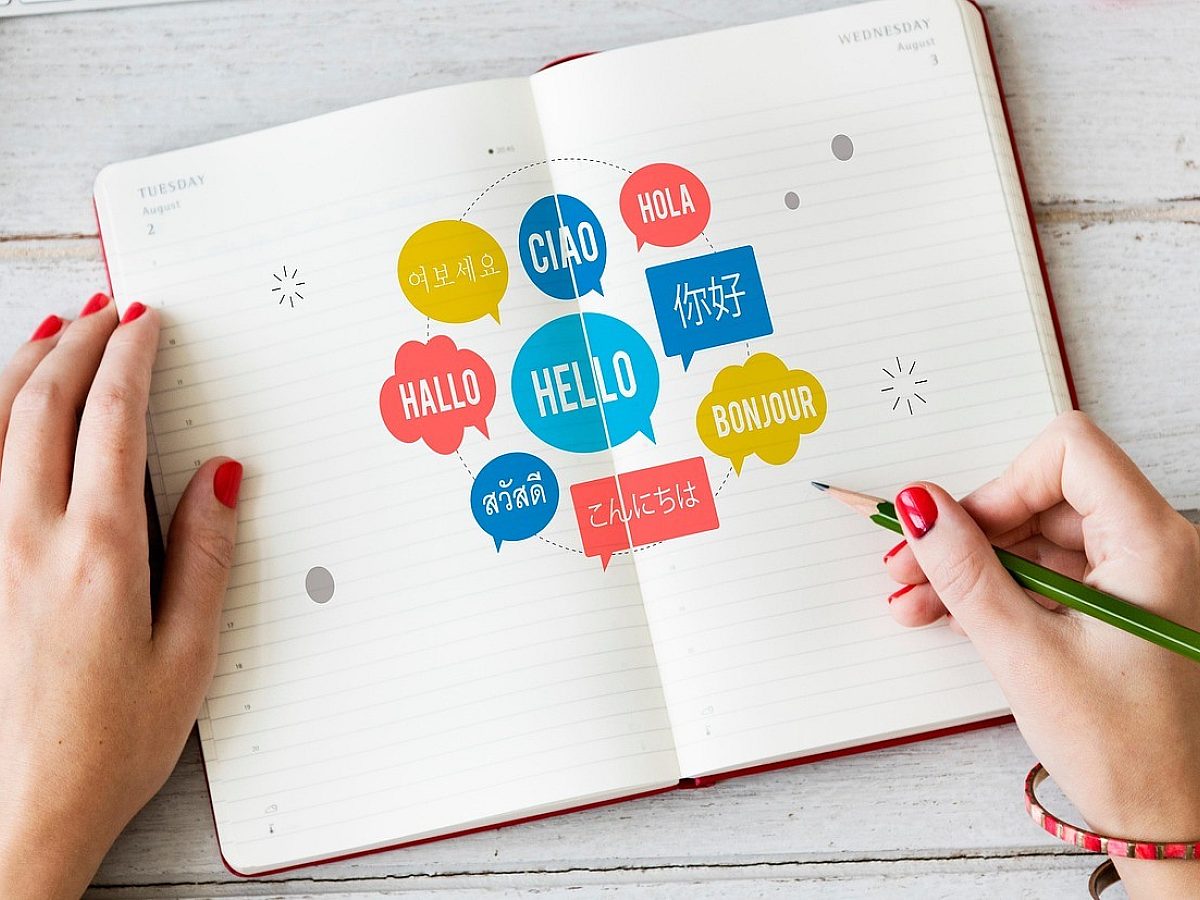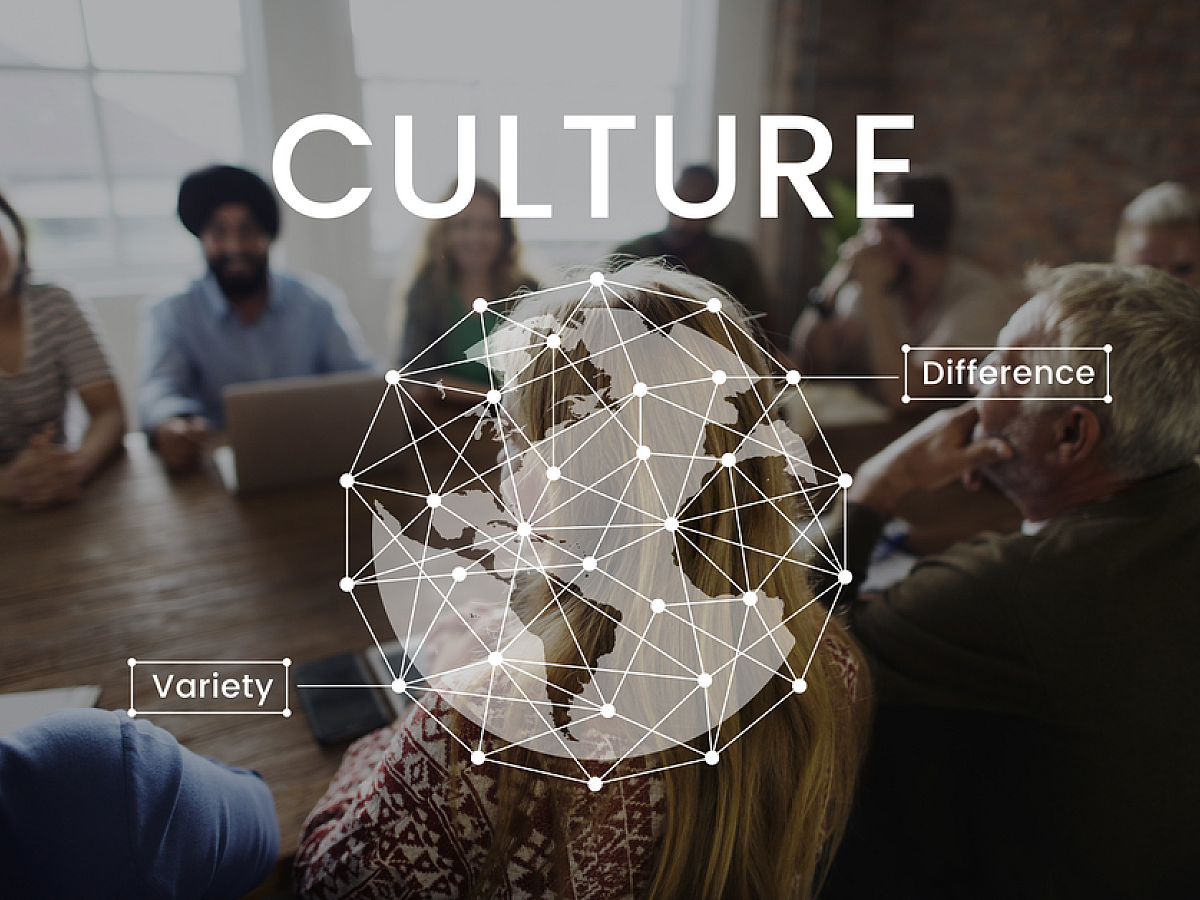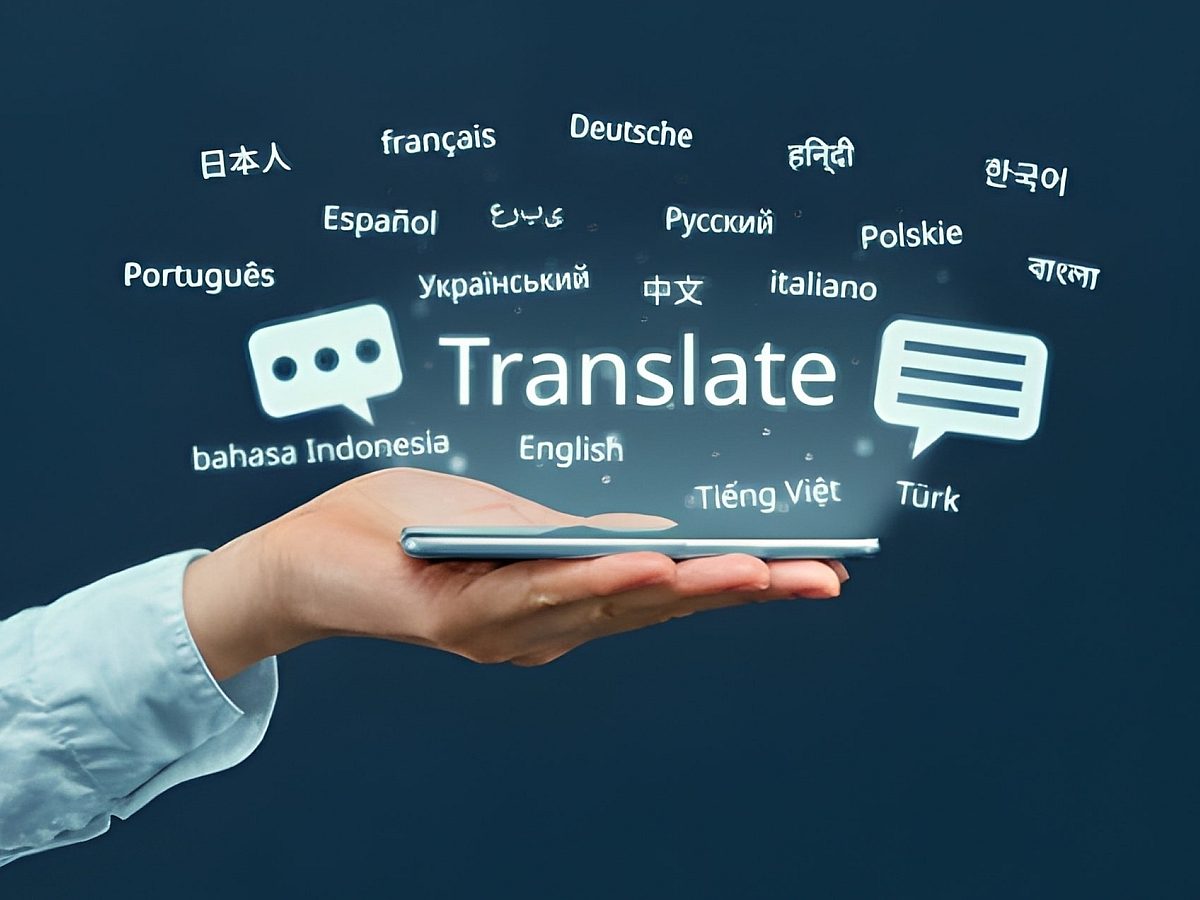Quality translation is one of the most important aspects to consider when launching your product or service in an international marketplace. However, there are different styles of translation that can be used for a range of functions, such as websites, documents, logos, slogans, and much more.
This blog will focus on AI translation. We will explore what it is and the importance of using an accurate and professional machine translation (MT) system over inaccurate applications that are available.
What is AI Translation?
Firstly, translation is the process of recognizing the terms and phrases of one language, and restructuring them into a new target language. For example, translation can convert a French website into American English or LatAm Spanish.
AI translation, also known as machine translation (MT), has the ability to transfer large amounts of text from one language to another, taking tone of voice and nuances into consideration. AI has multiple benefits, including speedy turnaround times, easy use and low costs.
AI translation can be used for internal communications, first-pass translations, documents and potentially other low-stakes content.
How Can Businesses Use Machine Translation?
Although professional human translators are usually preferred, machine translation is better suited for certain projects.
Another option we'd recommend considering is what we call rapid translation, or MTPE.
AI should be used for large volumes of text, internal communications, or documents that cannot be changed, including birth certificates, contracts, court documents, and many more.
Some texts can be translated by AI, and then checked by one of our expert linguists for ultimate accuracy. This ensures any language mistakes are avoided before it is published.
How Should Businesses Decide If AI Translation Is Right For Them?
When deciding if AI translation is right for you, consider several factors to ensure it aligns with your needs and goals.
Here are some key points to help make that decision:
1. Scope of Translation Needs
- If your business has large volumes of texts to translate regularly, such as customer support tickets or internal emails, then AI translation is a scalable solution
- How many total languages are you targeting? And how complex are these languages (you may need to seek consultation here)
2. Quality Expectations
- AI translation is fast, but lacks the cultural understanding and translation knowledge that a human translator provides
- For specialized fields, such as life sciences or manufacturing, AI translation may struggle with terminology
- AI translation generally isn't suited to marketing translation
3. Cost Efficiency
- AI translation is more affordable and can be beneficial for companies with limited resources
- MTPE requires slightly more investment than raw AI translation, but provides extra quality
- As AI isn't suitable for all projects, consider potential hidden costs of troubleshooting or post-editing inaccurate translations
- If AI translation can be used to free up budgets on low-stakes content, then budgets can divert to high-level translation and localization in other areas
4. Speed and Turnaround Time
- AI translation is faster than traditional methods (but also remember quality sacrifices)
5. Consistency
- Although companies, like Wolfestone Group, utilize translation memory (TM), non-AI translation is better at maintaining consistency and brand tone of voice across languages
6. Post-Translation Review and Editing
- Even with AI, human oversight is often necessary. Consider whether you have the resources to review and edit AI translations (or if you need to request this from providers)
Common Mistakes to Avoid
AI translation is widely available on the market, however, not all systems are professional or accurate. Many companies may decide to quickly translate their slogans, logos, and documents with free translation software.
We have investigated 2 organizations that discovered how using inaccurate AI can have a negative impact:
1. American Airlines
American Airlines aimed to promote its modernized first-class cabins, creating the slogan “Fly in leather.”
This slogan was everything American Airlines needed it to be.
However, when the advertisement was launched in Spain, lots of people were left uncomfortable and confused as it read “fly naked.”
Due to the brand not using professional techniques, the aviation brand was left embarrassed by its mistake.
The company was forced to pull the advert from all marketing platforms, but this wasn’t enough as this mistake is still fondly remembered by the people of Spain.
2. Schweppes
Schweppes is a very popular British brand, known for its tonic water and lemonade.
Due to the success of the brand, Schweppes decided to go global. However, like many others, this company made the decision of using free and inaccurate AI to translate its products.
When the word “tonic” was translated into Italian, the word changed to “toilet.” This means that the Schweppes advertisement read “Schweppes toilet water” in Italian.
This advert caused lots of people to be hesitant to purchase the product, so sales were massively impacted.
AI translation can be a powerful tool for businesses seeking efficiency, scalability, and cost savings, but it’s important to carefully evaluate its suitability based on quality, industry needs, and specific business goals.
For high-precision, context-sensitive translations, a hybrid approach combining AI and human translators might offer the best balance, or 100% human translation workflows.



